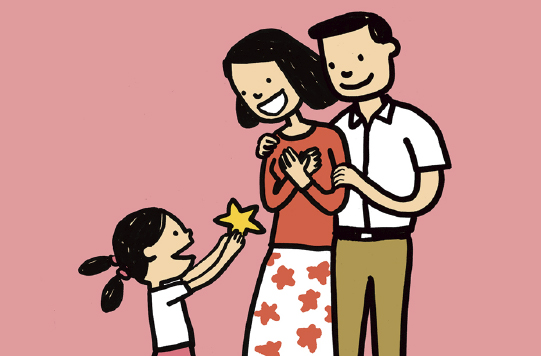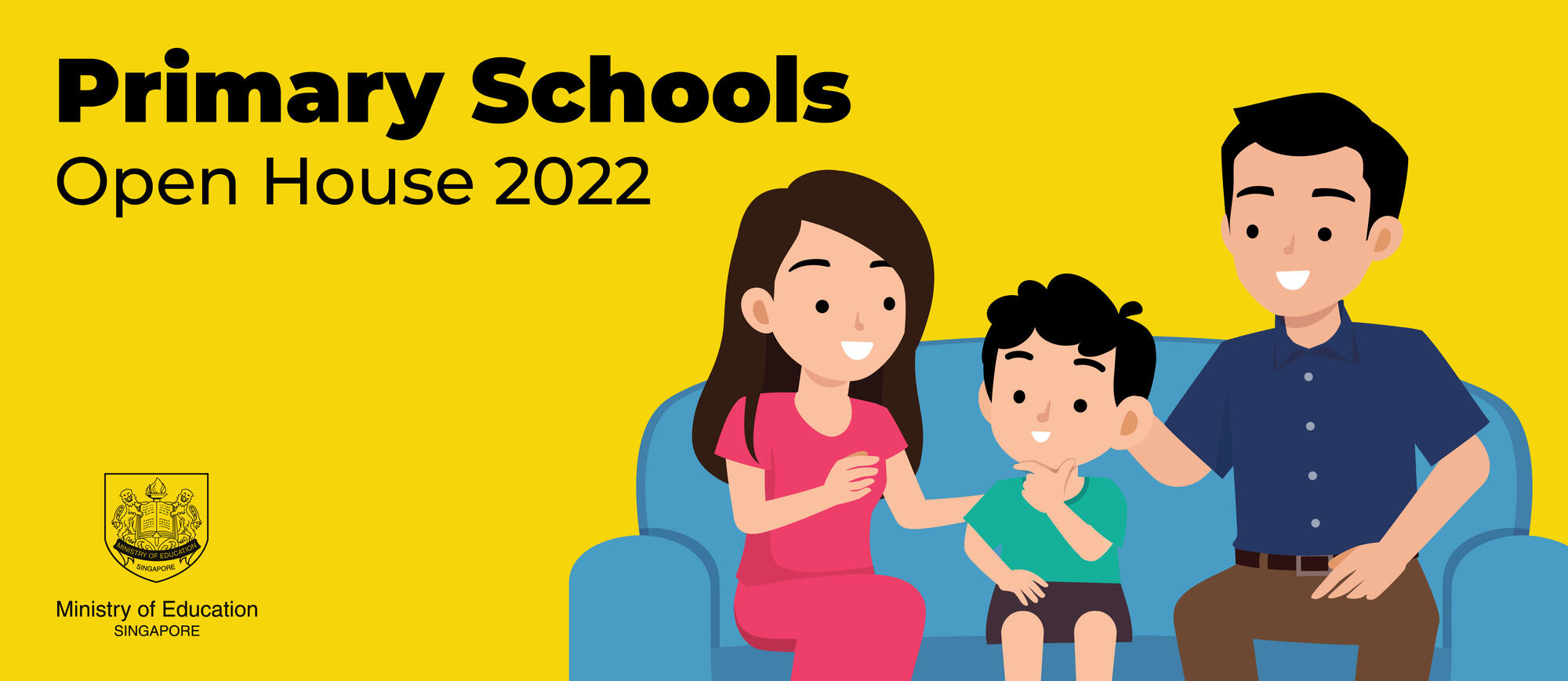When my firstborn came home from school with homework full of errors, something about the red-inked crosses on her worksheets triggered my whirlwind of emotions – concern, irritation and annoyance. She was in Primary 2 then.
A peek into her homework folder revealed worksheets full of careless mistakes and corrections. Annoyed, I cried out, “So many wrong answers! Are you paying attention in class?”
Later, I recall making a trip to a bookstore, grabbing assessment books and other enrichment materials that I thought might help her. I started a routine of sitting beside her while she did her school assignments.
Subsequently, her worksheets returned with more ticks than crosses, along with cheery “Good job!” stickers from her teachers.
I was pleased. I thought my efforts paid off. How mistaken I was.
With age and more experience, I realised that I had fallen into the parenting trap of repeating the perfectionistic ways in which I had been brought up.
Raised to be academically driven in a strict environment, I have all the stereotypical tendencies of a firstborn child wired for perfection. Being extremely adverse to mistakes meant that I seldom cut myself slack and took badly to what I perceived as failure.
Once, I broke down and wailed in front of the whole class when I scored “only” 65 marks for a spelling test. I knew what awaited me back home – dark clouds from my mother for days. To be fair, there is nothing wrong with striving for excellence. My mother, who came from a humble background and had forged a better life for herself by studying hard, wanted the same outcome for me, via the only way she knew.
But when the dogged pursuit of success leaves no room for error, are we telling our children that there is no alternative? What about our ability to bounce back from failure, adapt to challenges, and find ways to improve ourselves?
When striving for excellence backfires
The way I had responded to my firstborn’s learning struggles impacted how she viewed failure – it wasn’t for the better and there was no saving grace. Excellence was the be all and end all. My sharp criticisms, all bearing edges that hurt, ate away her self-esteem and motivation.
Instead of being more motivated, my daughter began dragging her feet to complete her homework. She was afraid to make mistakes. When something went awry, she would berate herself for being “dumb”. She gave up easily when she was stumped by a problem sum and needed to be spoon-fed the answer – less chance of her messing up.
She expressed self-guilt of not doing “more” to avoid mistakes. She was only eight years old then, but already showing all the red flags of anxiety that came with chasing after perfection.
Looking back now, I wish I had been more mindful of how I reacted. After all, learning is a process that involves making mistakes, learning and re-learning. Instead of avoiding mistakes at all costs, embracing that C, D or even F grade and viewing it as a learning opportunity can help us grow.
My old mindset was not doing her any favours. It was not she who needed to improve, but me.
Changing the way I view failure
The first step I took to break away from old patterns was to change my mindset. I reminded myself that spilled milk happens all the time, it is a part of life. But how I respond when my child “messes up” makes a huge difference in how she navigates and bounces back from failure.
An online search would yield a multitude of research papers that support this. In a Singapore study published in the Journal of the Learning Sciences in 2012, researchers identified the value of “productive failure” during the learning process.
One group of students were asked to solve complex Maths problems with a teacher providing direct instructional support at every step of the way. In another group, students were left to collaboratively solve the complex problems on their own. Towards the end, the teacher stepped in to analyse their failed attempts and find a solution.
While the second group was seemingly unsuccessful in their problem-solving efforts, they outperformed the direct instruction group on both simpler and more complex problems during a test.
It must be emphasised that the second group’s failure to solve the problem was not ignored or sidestepped. After the failed attempts, the teacher acknowledged the students’ struggles, analysed the situation and guided them in finding ways to reach a solution.
I now adopt a similar strategy when supporting my child’s learning. At first, it took some practice to stop reacting strongly whenever my daughter did badly for a test (“Why can’t you get this right?”) and instead, reframe the errors as a chance to learn (“It’s okay, now we know what we can improve on. Maybe we need to find another way to revise this topic.”).
Instead of constantly telling her what to do, we worked out a plan together early in the academic year, which I detailed in a previous commentary. I wanted to let my child direct her own daily schedule and routines – within the expectations and boundaries that we have discussed and agreed on – so that she takes a more self-directed approach to her learning.
Recognising effort and resilience, not intelligence
Another thing I intentionally reined in was the way I dole out compliments. It is not uncommon to applaud a child for being “clever” for aceing a test, for example. But this type of praise can backfire.
In a series of experiments, American psychologist Carol Dweck found that children behaved very differently depending on the kinds of praise they received. Children who were praised for their intelligence, or innate ability, tended to avoid challenges. They were also more likely to give up after experiencing failure.
By contrast, those who were complimented for their effort and persistence were open to taking challenging tasks. They were more willing to learn new strategies to solve a problem.
By focusing on my daughter’s efforts (“You must have worked really hard on this topic”, “I noticed that you started revising earlier this time round”), I found that she gradually became more persistent and motivated to try again after a failed attempt.
I have made other changes in the way I interact with my firstborn, now 16, but the most important thing I did was to soften the edges of my sharp words with compassion and kindness whenever she flounders.
No one is perfect and the struggles that come with learning something new is normal, I tell her. Most of all, I remind my daughter that my love for her does not depend on her grades. If and when the going gets tough, my shoulder will always be there for her to cry on until she is ready to get back on her feet.



.jpg)


